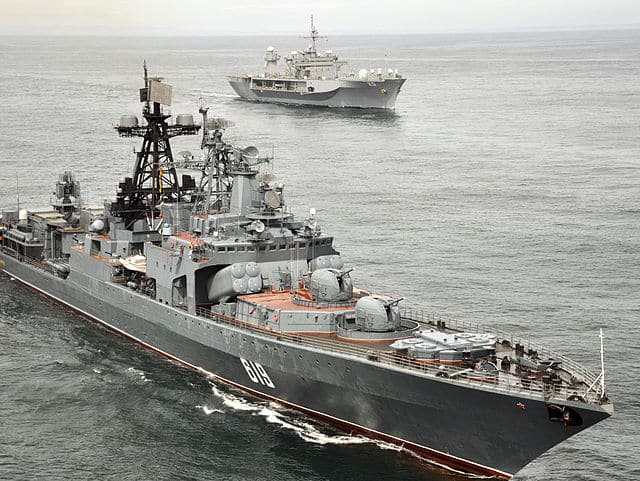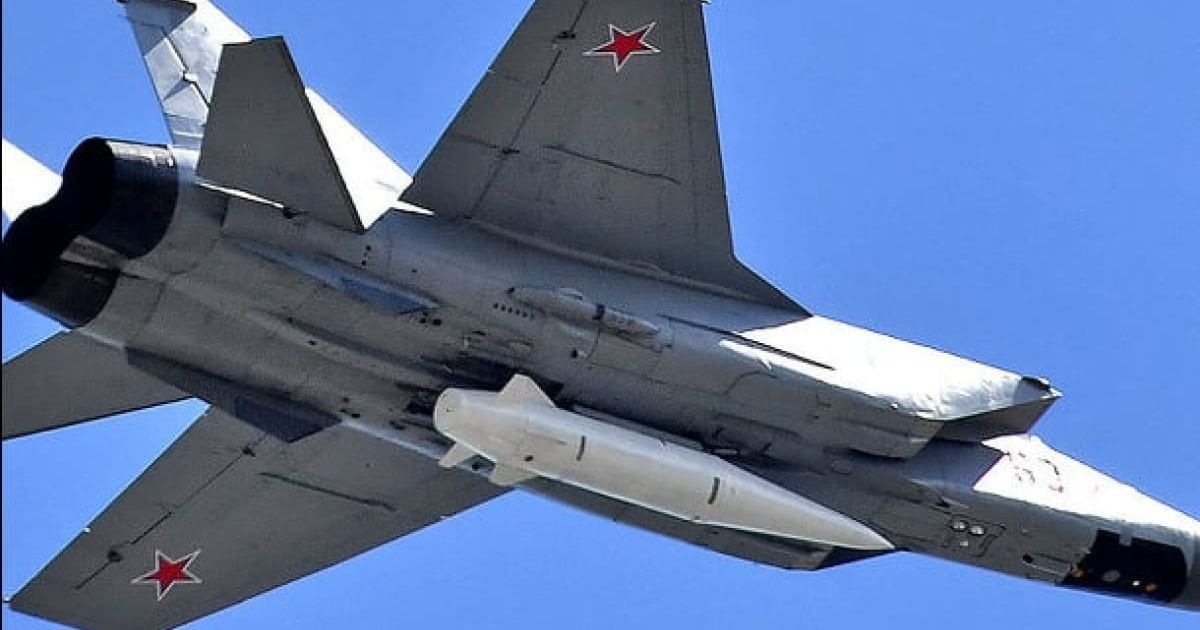Table of Contents
The administration of President Biden has announced that the United States is providing Ukraine with 155mm cluster munitions (M-483 and older versions) and rocket projectiles (M-26 and above) for M-270 and Himars systems.
Naturally, countries that have signed the convention on prohibition have reacted to this. Germany, as expected, stated that it does not support the initiative.
Considering their historical background, this is obvious and quite understandable.
Concerns over the use of cluster munitions
The main problem with these projectiles is that approximately 2.5% of submunitions do not detonate even according to specifications. After a certain storage period, this figure can increase to 7%.
This creates long-term problems for both advancing troops and the civilian population.
For example, German M-270 systems do not recognize cluster rocket projectiles programmatically; changing the firmware is necessary to launch them.
Well, modern Germans, unlike some fascists from the past, cannot work with indiscriminate weapons that theoretically can harm not only enemy forces.
Of course, they dispose of it and condemn its use.
Once again, the development of M-30A1 with tungsten bullets by Americans was not for the sake of a good life, but rather for a significant amount of money.
To maintain the effectiveness of impacting the upper hemisphere through airburst — in buildings, in trenches, in the thinnest part of the armor.
At the same time, efforts were made to address the issue of unexploded submunitions by equipping them with self-destruct mechanisms.
However, it is not easy even for a hegemonic country to retrofit hundreds of thousands of units.
But sentimentality is not our concern here — the south is already stuffed with mines like a Christmas pie. PMN, Tropy, and several MON mine types, integrated into a single system and enhanced with fougasse, various PFM-1 models.
Russians disregarded all conventions, not only anti-personnel but also cluster ones.
Russian troops bombarded Saltivka or Industrialnyi district in Kharkiv with cluster munitions, attempting to catch Ukrainian units there in the industrial zone.
That’s why, by the way, there were often photos of Armed Forces of Ukraine soldiers taken from underground parking lots, from bomb shelters of factories — those were islands of safety while the city itself was brutally attacked, including with 9M55K5 projectiles. The density of the population, residential buildings, or conventions did not bother the Kremlin.
But we also did not sign the convention and did not ratify it, just like the USA.
So when Kremlin killers talk about finding a response to the supply of cluster shells and missiles, they should remember more often their own bloody deeds in Kharkiv and northern Ukraine. Because Smerch and Uragan rocket systems with cluster munitions were flying there not sporadically at all.
This is the world’s response and reaction to their actions, not the other way around.
Hitting Russian targets and the importance of communication in operations
The entire Russian invasion is a massive war crime — the conditions in which they return Ukrainian captives, torture, extrajudicial killings, hit lists targeting activists, cluster munition strikes on cities, anti-ship Kh-22 missiles hitting buildings. Anything that can stop this invasion here and now is good for us. We will think about demining issues later — unfortunately, it will become a matter for future generations.
Every day that Russians remain in the south, more mines are being laid by them, attempting to halt Ukraine’s advance. So it’s a deliberate choice.
The niche of supplies is understood.
Currently, a war of extended reach is underway — counter-battery warfare and targeting the Russian tactical rear.
That’s exactly how Ukrainian troops operated in Kherson, even when they had fewer drones, precision munitions, and modern self-propelled artillery.
Despite the fact that the battles on the frontlines are more intense now, we find it slightly easier than back then, an interesting paradox.
In addition to mobile howitzers, artillery batteries, and rocket artillery, desired targets will include radar systems, command and control vehicles, locations from which enemy drones take off and receive signals, electronic warfare vehicles, and tactical air defense launchers.
If the goal of describing this strategy briefly were to be achieved, it would be something like this: to push away from the front line anything that prevents us from adjusting fire, and to adjust fire deeper ourselves.
To accomplish this, Ukrainian soldiers need to spend more time in the air, extend the average lifespan of the drone, and increase the speed of signal transmission from all types of reconnaissance to strike assets.
That’s why, by the way, the new Penguin UAV is included in the new package.
This high-tech drone has an autonomous flight capability of up to 20 hours, and its launch from a catapult does not require a prepared runway. It features a night vision camera with good zoom capability and a payload capacity of 25 kg. It is a purely correctional UAV and not a strike drone.
The communication for target designation and engagement will be crucial in the operations in the south. Can you provide a typical example of how it works? Ukrainian artillery suppresses Russian positions, and a group enters on Kirpi vehicles to launch an assault on trenches and bunkers.
Russian reserve batteries and mortars come to life.
See also: The Ukrainian fleet that is needed “for yesterday”
They need to be neutralized, but we also need to suppress all the signals that jam our UAVs and target the Strela, Osa, and Pantsir systems on the second line that could deprive us of “eyes” in the sector.
All these targets are actively maneuvering, and they have a wide area of coverage.
Currently, the EW station Zhitel was stationary, emitting signals, but within minutes it lowered its periscope and changed position.
The self-propelled artillery battery is dispersing and concealing itself within the position.
While one battery of towed howitzers changes position, another opens fire.
This is not just theory; Ukrainian soldiers are actively engaged in targeting such objectives. Just yesterday, they destroyed Grad, Nona, Gvozdika, Akatsiya, and Msta (almost a full house). Prior to that, the EW vehicles were damaged.
This reduces the expenditure of precision munitions such as the Excalibur, which, depending on the modification, costs between $120,000 and $170,000. And this price keeps increasing with a 5% annual inflation rate of the dollar, which is no joke.
Ukraine was supplied with 2 million projectiles of various calibers, and NATO stocks in Europe were depleted to the point that the United States had to tap into its reserves in the Asian and Middle Eastern theaters of operation.
Currently, only the United States has several hundred thousand cluster munitions in their arsenals, approximately 400,000.
The combined effect of these munitions includes both fragmentation and shaped charge capabilities. Now, it is possible to neutralize both a tank in position and an AGS nearby in a trench. It can also target the D-30 howitzer and its crew hiding in a bunker.
The tactical level for cluster munitions involves the rapid engagement of broad maneuver targets.
At the operational level, the use of advanced Western artillery systems, drones, smart projectiles, and clusters aims to neutralize Russian support assets, suppress artillery, and isolate the battlefield in areas like Bakhmut or Robotyne.
The strategic level involves waiting for an increase in the production of munitions and the fulfillment of already allocated batches of 155mm projectiles across several NATO countries based on these reserves.
This may not be a game-changing weapon, but it is an effective supply that has been long overdue and will allow Ukraine to continue the active phase of the offensive. It is something we have been requesting for more than a month. It’s great news.
Originally posted by Kyrylo Danylchenko on LB. ua. Translated and edited by the UaPosition – Ukrainian news and analytics website




